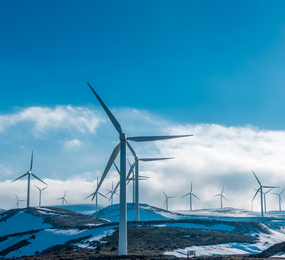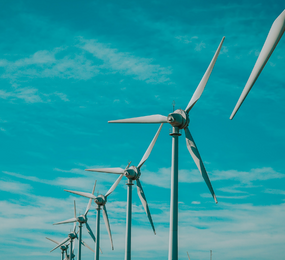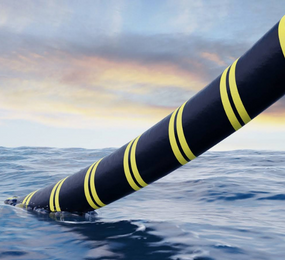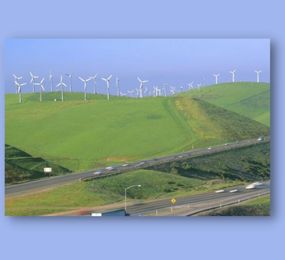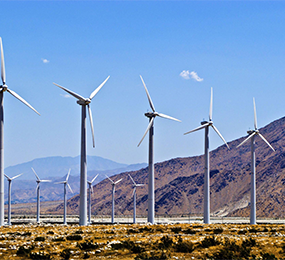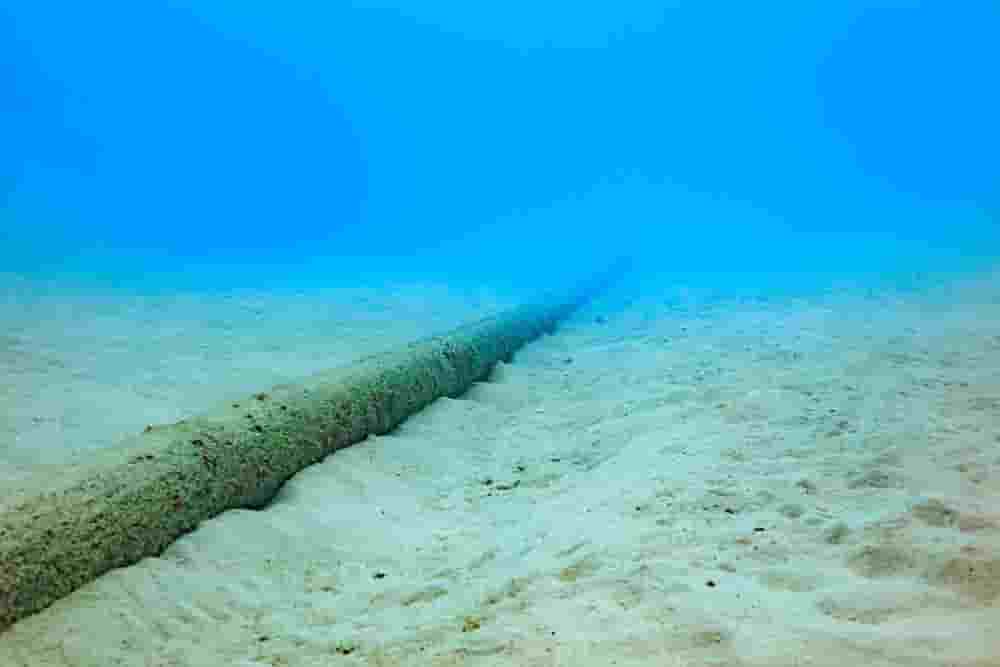Renewable wind energy has become increasingly popular over the past 10 years and has the potential to significantly reduce reliance on fossil fuels. Ensuring widespread adoption of clean, renewable energy is becoming increasingly important to ensuring global health and safety given the urgent climate crisis and the economic repercussions.
Accessing the offshore wind energy turbines can be challenging, and those who work on offshore wind farms are also subjected to challenging environmental circumstances. Due to these two problems, up to 30% of the Levelized Cost of Energy (LCoE) for an offshore wind farm is accounted for by the Operation and Maintenance (O&M) expenditures of these facilities.
Furthermore, these O&M costs rise with deployment in deeper waters and further from shore. In order to achieve the anticipated decline in the LCoE and ensure that offshore wind energy approaches non-renewable levels, it is essential to develop innovative ways for supplying electricity at cost-effective levels.
While the majority of the planned activities are identical for onshore and offshore wind farms, the costs associated with accomplishing these tasks at sea are significantly greater. Offshore operations frequently need specialised and extra resources compared to land-based operations, such as outfitted vessels, helicopter transports, highly trained personnel, and more intensive procedural operations.
Offshore planners and operators are well aware that streamlining operations such as people dispatching and scheduling as well as vessel routing can significantly lower OPEX and the pressure on personnel, vessels, and resources. Understanding the precise operations performed and the ensuing cost and resource constraints these operations create is necessary to pinpoint the processes where optimization can improve workflows.
According to the findings of independent research, operations and maintenance account for around 20% of the energy costs for offshore wind. The percentage of performing physical activities offshore is a sizable chunk of the pie because a significant portion of that is related to vessel time, turbine downtime, and offshore people - that's around 10%. Robotics and automation might help lower it by 50%, which would result in a significant 5% decrease in energy costs.
Want to know more? Do not miss the opportunity to join the Windpower Data and Digital Innovation Forum where we will be discussing Reducing Offshore Wind O&M Costs With Automated Workflows.
To register or learn more about the Forum please check here: https://bit.ly/3TJzA5b
For more information and group participation, contact us: [email protected]
Leadvent Group - Industry Leading Events for Business Leaders!
www.leadventgrp.com| [email protected]



